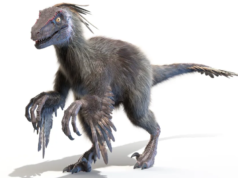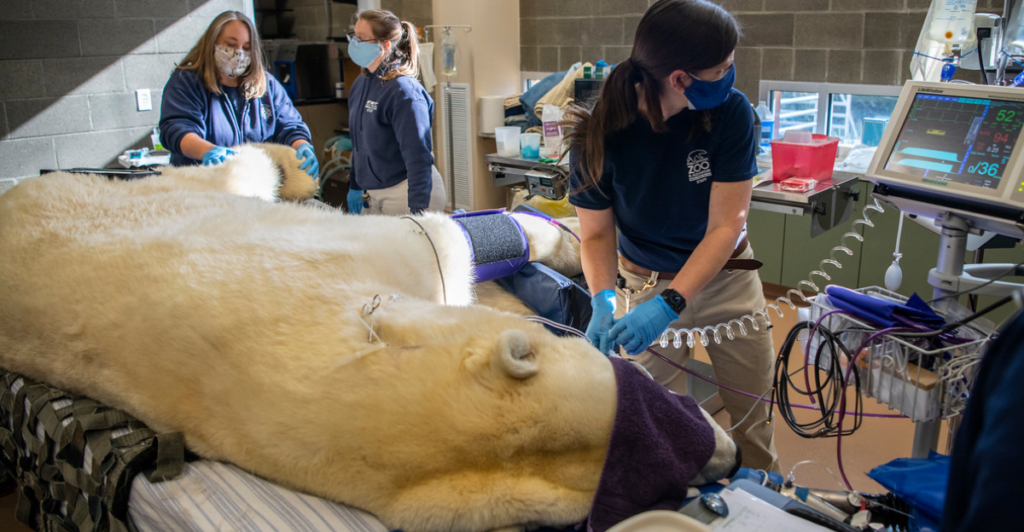
Siku is a polar bear that has had an unusual condition that has puzzled scientists. He lives at the Lincoln Park Zoo in Chicago and has developed strange allergies, leading to itching and hair loss so that his black skin is visible.
Polar bears have translucent coats that appear white and reflect excess heat, while their black skin underneath absorbs and contains heat. Allergies don’t only effect humans, and many different animals can display symptoms of allergies, including polar bears.
Siku’s allergies were found to be the worst against tree pollens, grasses, and weeds, as well as house dust mites and human hair dander. His condition shows the complex nature of immune responses in non-human species.
The Beginning Of His Allergies
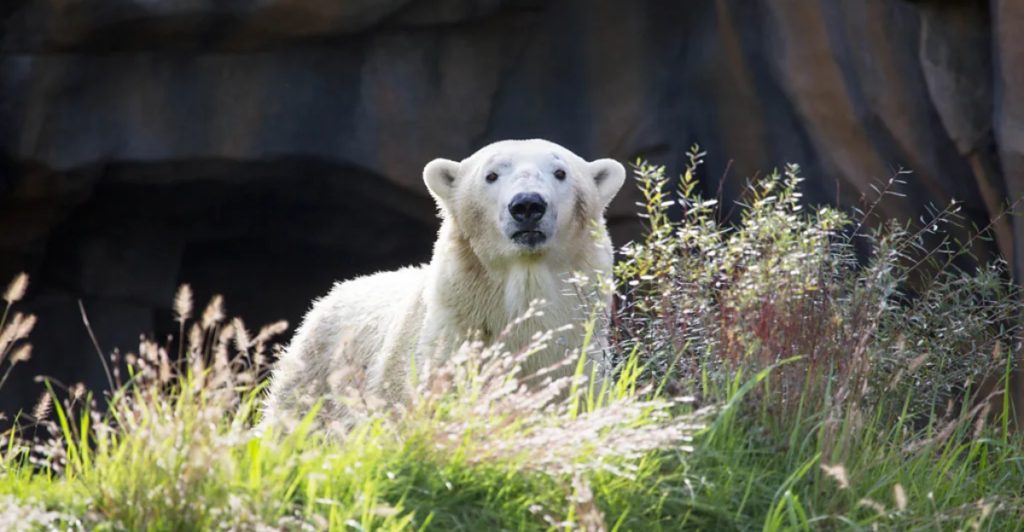
Siku’s symptoms started after he was moved from the southeast United States to Chicago. This could suggest that is was environmental changes or stress-induced factors that was a trigger for his allergic reactions. Siku’s case is being studied and could provide useful data for future allergy cases in animals in captivity.
Many animals can experience allergy symptoms in controlled environments such as zoos. These animals are not being exposed to the same amount of natural pathogens and parasites as animals in the wild, which could weaken their immune system, leading to allergies.
This trend is mirrored by human allergies increasing as individuals are exposed to less diverse microbial environments in urban settings. This suggests that reduced exposure to beneficial microorganisms can lead to an increased risk of complications like allergies.
Diagnostic Challenges

While a lot of research has gone into identifying human allergies and treating them, much less has been done on animals. This makes diagnosing allergies in cases like Siku’s difficult. A sophisticated method is needed that are similar to tests done on humans.
Siku went for skin testing with 60 different antigens to see which ones he reacted with and thus had an allergy to. Specialized care is needed in order to diagnose these allergies.
Board-certified dermatologists were brought in to review Siku’s allergies and highlight the greater need for research into animal-specific allergies. Radioallergosorbent tests and enzyme-linked immunosorbent assays are both advanced scientific methods that have been used to confirm allergies in animals.
Treatment

Once Siku’s symptoms were identified as ones relating to allergies, treatment for him could begin. This treatment included allergen immunotherapy which used organic honey containing pollens. The hope was that this exposure would lessen the effects of his allergies.
After treatment was finished, they compared his reaction with previous allergic reactions and noted that they were reduced substantially. These methods could be leveraged for allergies in other animals with enough future research.
Siku’s treatments also included topical treatments and dietary adjustments to better manage his symptoms. This multi-layered approach to combat his allergy is innovative in itself and time will tell if it has a lasting effect on Siku’s allergies.
Implications For Animals In Captivity
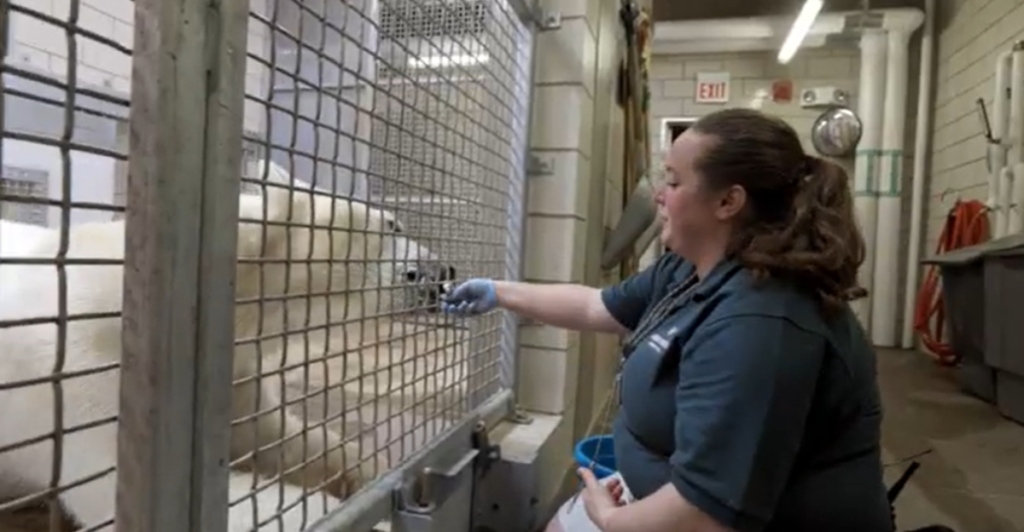
Allergies like the ones shown in Siku highlight broader implications across animals that are kept in zoos, where their habitat is mostly artificial, with no introductions of natural microorganisms and bacteria. With the lack of exposure to microbial diversity, more animals kept in artificial habitats may develop allergies.
The hygiene hypothesis is the proposal that a lack of exposure to microbes and other bacteria during childhood can lead to a weaker immune system. This proposal is normally for humans but can be adapted to animals as they start to exhibit allergy symptoms in captivity.
Future research could help scientists better understand these dynamics, which could lead to more informed strategies for animal application. Studying animal allergies could also give more insight into the role of environmental factors in enhancing the immune system.
Environmental Factors
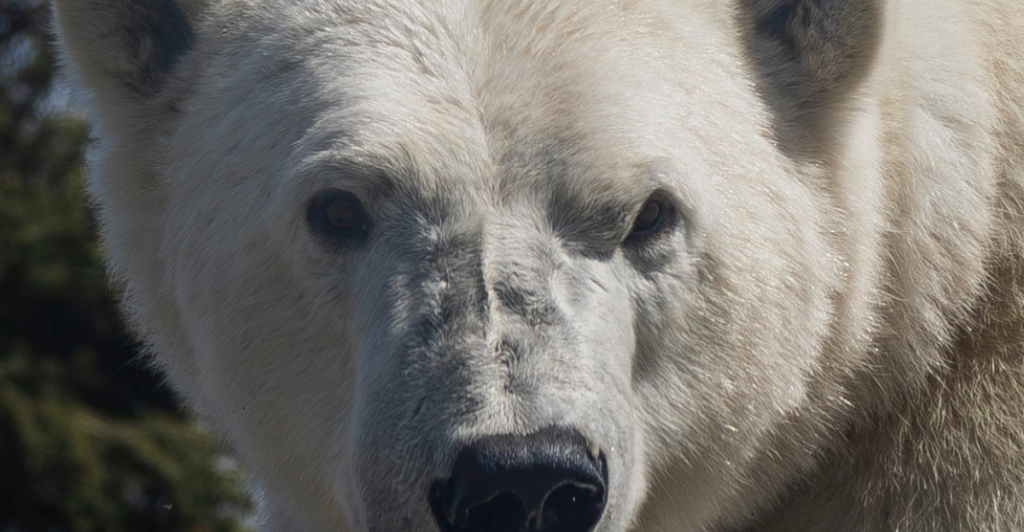
Environmental factors play a huge role in allergy symptoms. Climate change is altering ecosystems, and could be increasing pollen count and making allergy seasons slightly longer. This would extend and intensify allergic reactions in both humans and animals.
Polar bears are particularly vulnerable to climate-induced changes as their habitat’s effects are the most prevalent as sea ice melts. Their habitat change affects them in a variety of ways, including a change in diet as crucial food sources like seals become scarcer in their environment.
These changes could also have a mental impact, increasing stress in the animals, which can weaken their immune systems, making them more susceptible to allergens.
Rising Allergies In Animals
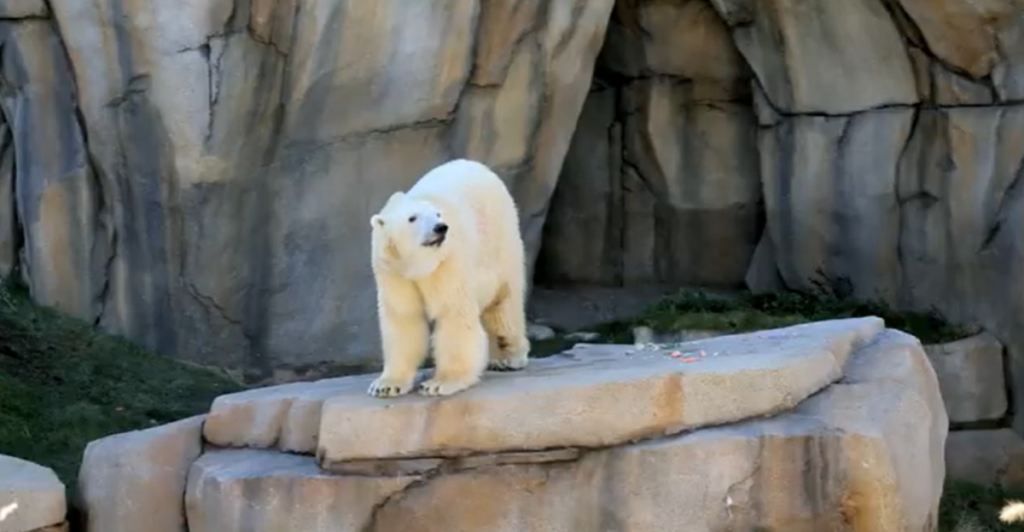
Siku’s new allergic reactions are not isolated cases, as a trend of rising allergies in animals is becoming more prevalent. Many other animal species are showcasing similar symptoms to Siku, including domestic animals raised in sterile environments like dogs and cats.
Animals that are kept in captivity as part of conservation efforts, like rhinoceroses, aren’t immune either, with individuals showing symptoms of allergies as well.
This means that immune responses aren’t isolated to humans as previously seen and has implications for human interference and encroachment in natural habitats. Many more animals may start to show signs of allergies, especially in captivity, but also in human-altered habitats.
Implications For Conservation
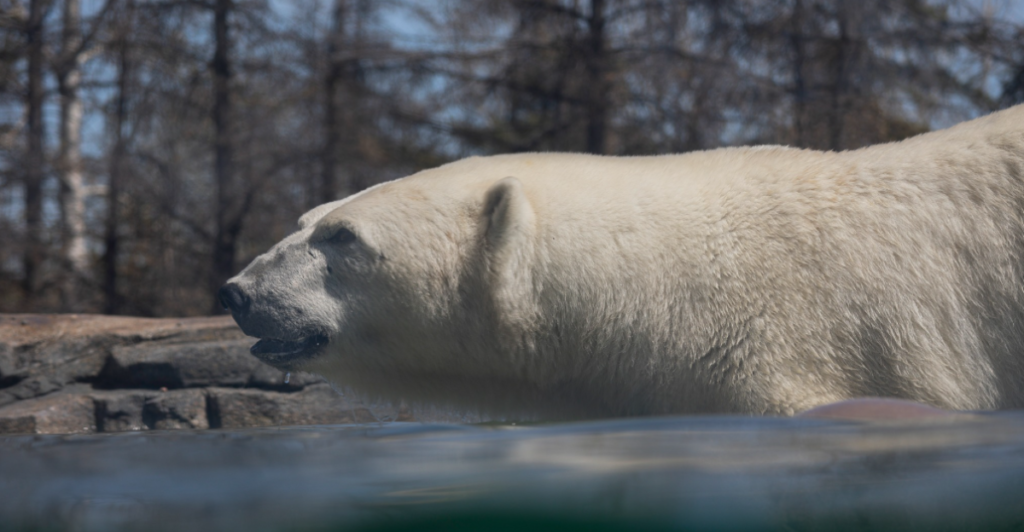
As Siku’s case is studied, beneficial research could come from it. Conservation efforts could better understand how environmental changes affect animals in the wild. Future studies will need to be undertaken not just with Siku but also with other animals that are starting to show symptoms.
As polar bears face increasing threats from climate change, understanding their health challenges, including allergies, is important to find out the most effective strategy to help preserve their species.
If important health issues and allergies can be addressed, then conservation programs could improve their overall well-being and make them more resilient to environmental changes. The future of conservation could be completely different, and a dual approach to both habitat restoration and animal health risk factors could be established.
The Future Of Research

The focus of future research could be on the interconnectivity of factors like environmental changes, microbial exposure, and immune response in animals. The use of probiotics or similar microbiome strategies could be explored to prevent allergies in both domestic animals like cats and dogs and zoo animals in artificial habitats.
Further research into pollen count and allergy seasons and how climate change is affecting them could also provide insight into allergy management practices for not just animals but humans as well.
Eventually, even genomic and machine learning could also be researched and introduced into these efforts, which could predict allergy risks in animals so that treatments could be undertaken before they show symptoms.
A Complex Topic

Siku’s unusual allergy symptoms have broached a broader, more complex topic, including the intricate interactions between environment, lifestyle, and immune responses in animals. Scientists will continue to try to unravel the mysteries of allergic symptoms in animals, which could potentially uncover innovations in allergy prevention for every species.
The study of allergies in non-human species could create more comprehensive veterinary care that includes allergies across animal species and could have implications for health trends across both humans and animals in a rapidly changing world.
Explore more of our trending stories and hit Follow to keep them coming to your feed!

Don’t miss out on more stories like this! Hit the Follow button at the top of this article to stay updated with the latest news. Share your thoughts in the comments—we’d love to hear from you!



